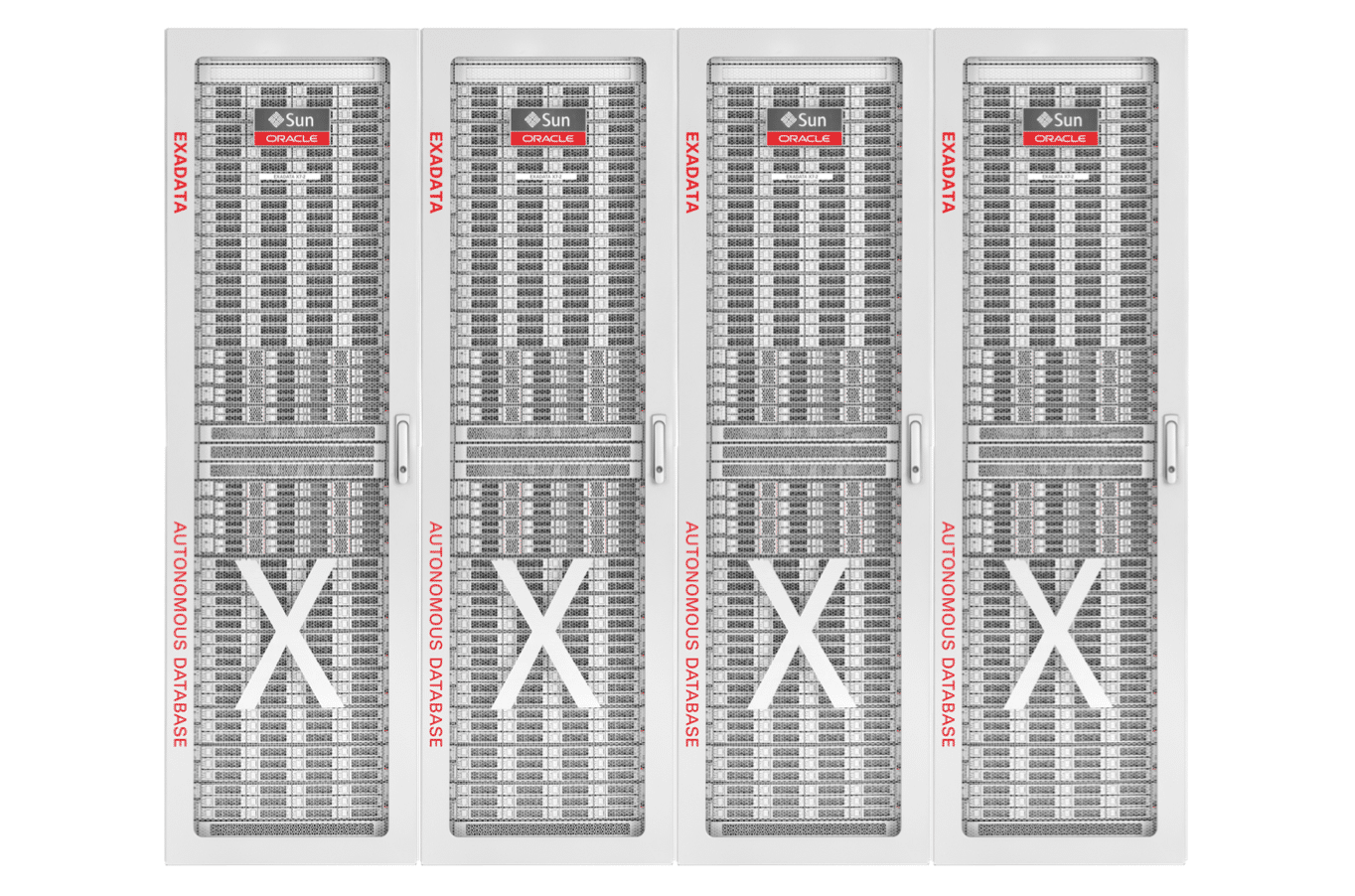
Today, at Oracle Open World in San Francisco, Intel Corporation and Oracle announced that Intel’s Optane DC persistent memory will be incorporated into Oracle’s next generation Exadata platform, Oracle Exadata X8M. According to Oracle, Exadata powers Oracle Autonomous Database, Oracle Cloud Applications, and high-performance database infrastructure at most of the world’s leading banks, telecoms, and retailers.
Oracle Exadata X8M is a combination of industry-standard Intel 2nd generation Xeon Scalable processors, Intel Optane DC persistent memory, and 100 gigabit RoCE networking. All of this performance-based hardware is designed to support demanding Online Transaction Processing (OLTP), analytics, and mixed workload database requirements, as well as database consolidation and in-database machine learning. Several activities involved in the above are extremely sensitive to latency including high-frequency stock trading, IoT data processing, real-time fraud and intrusion detection, financial trading and applications requiring real-time human interactions. With the integration of Optane, users should see latency improvements in all of the above.
According to Oracle, Exadata X8M is the result of over 10 years of continuous innovations and deep engineering. Exadata acts as a backbone to several important Oracle products and is used by some of the world’s biggest banks, telecoms, and retailers. Exadata uses RDMA technology to allow the database to directly access persistent memory deployed in smart shared storage servers, bypassing the entire OS, network, and IO software stack. Adding Intel Optane DC persistent memory will result in lower latency and potential cost savings.
Sign up for the StorageReview newsletter

